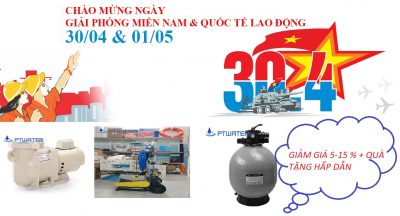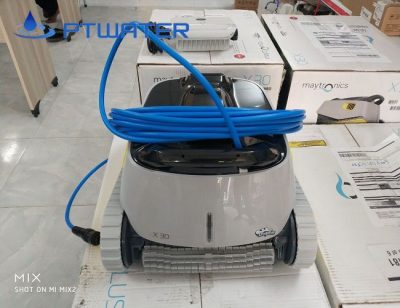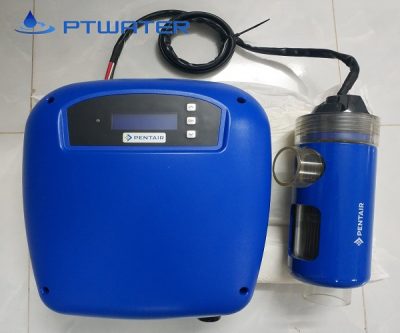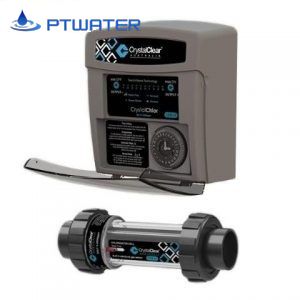



Today, the demand for fresh food has increased and over-exploitation of the ocean, aquaculture is becoming more and more important with different models of fresh, brackish and brackish water. .
Aquatic wastewater treatment by RAS circulating filtration system has been studied and applied in Norway, Netherlands, Thailand, etc. Advantages of this system are water saving, high survival rate, The quality of aquaculture is guaranteed and does not pollute the environment much more than the normal culture (over 100kg / m 3 ).

RAS System Principles
The RAS system includes aquariums, settling tanks, mechanical filters, biological filters, piping systems, drainage and aerators.
 |
| Diagram of biological filtration system circulation |
Sedimentation, mechanical filtration: Containing wastewater from collection tanks
The tank is divided into 2 parts: sedimentation and filtration, tanks can be made of cement. In the culture process, the wastewater is transferred from the tank system to the filter tank. The solids in the water are deposited in the mud pits, controlled by centrifugal water. Water is then filtered through layers of sand, gravel, cloth, nets. Large-scale solid waste is retained and transferred to a silt reservoir. At this time the water was removed solid but the content of NH 3 , NO 2 , CO 2 … is still high and untreated.
Biofilters: The water is then pumped into the biofilters. The media is spherical with a large contact area of 350m2 – 400m2 / 1m3. As the water from the settling tank continues to flow in the storage tank, the surface of the substrate will gradually form biofilms composed of aerobic, anaerobic and arbitrary microorganisms (Nitrosomonas and Nitrobacte). The aeration system is operated continuously to provide sufficient oxygen for the microbial decomposition process. Microorganisms attached to the membrane will absorb ammonia and nitrite to carry out nitrification, converting nitrogen and carbon compounds into non-toxic forms.Water is treated and transferred to a rotary drum filter for further filtration and pumped back to the aquarium.
During aquaculture, water circulates in a closed system and does not need to be replaced, adding only a small amount of water to the system to compensate for evaporation. This amount depends on the use of a complete or partial water system.